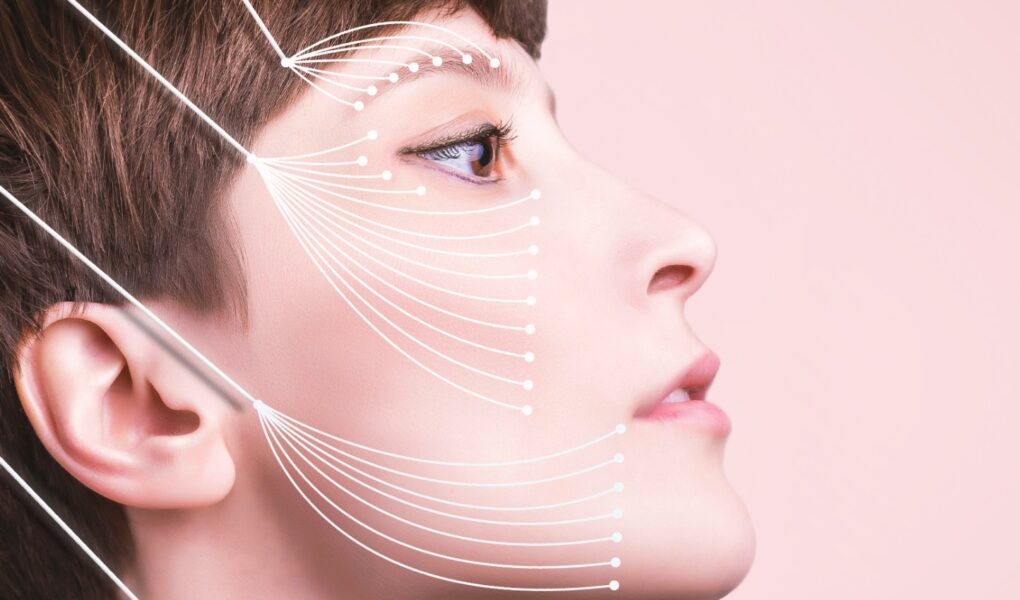Introduction
In the vibrant city of Melbourne, individuals seeking facial rejuvenation have a plethora of options available to them. Two popular choices are PDO (Polydioxanone) threads and traditional facelift surgery. Both procedures aim to address signs of aging, but they differ significantly in technique, invasiveness, and outcomes. Understanding the nuances between PDO threads and traditional facelifts is crucial for individuals considering cosmetic enhancements. This article delves into the intricacies of both procedures to help you determine the most suitable option for your aesthetic goals.
Understanding PDO Threads
PDO threads, also known as thread lifts, are a minimally invasive cosmetic procedure designed to lift and tighten sagging skin. During the procedure, biodegradable threads made of Polydioxanone are inserted into the skin to stimulate collagen production and provide structural support. PDO threads offer a non-surgical alternative to traditional facelifts, making them appealing to individuals seeking subtle rejuvenation with minimal downtime.
How PDO Threads Work
PDO threads work by strategically placing dissolvable sutures beneath the skin’s surface, creating a supportive framework that lifts and tightens sagging tissues. As the threads gradually dissolve, they stimulate the body’s natural collagen production, further enhancing skin elasticity and firmness.
Benefits of PDO Threads
Minimal Downtime: Unlike traditional facelift surgery, PDO thread lifts require minimal downtime, allowing patients to resume their daily activities shortly after the procedure.
Natural Results: PDO threads promote natural-looking results, gradually improving skin texture and tone over time.
Versatility: PDO threads can target specific areas of concern, such as the cheeks, jawline, and brows, providing customizable treatment options for each patient.
Potential Risks and Considerations
While PDO threads offer numerous benefits, it’s essential to consider potential risks and side effects, including bruising, swelling, and the rare possibility of thread migration. Consulting with a cosmetic clinic is paramount to ensure a safe and satisfactory outcome.
Exploring Traditional Facelifts
Traditional facelift surgery remains a gold standard in facial rejuvenation, offering comprehensive correction of aging-related concerns. This surgical procedure involves tightening underlying facial muscles, removing excess skin, and repositioning tissues to create a more youthful appearance. While more invasive than PDO threads, traditional facelifts can deliver dramatic and long-lasting results.
Surgical Technique
During a traditional facelift, incisions are strategically placed along the hairline and behind the ears to minimize visible scarring. The surgeon then lifts and repositions facial tissues, removes excess skin, and sutures the incisions for a smoother, rejuvenated appearance.
Benefits of Traditional Facelifts
Dramatic Transformation: Traditional facelifts offer comprehensive rejuvenation, addressing sagging skin, deep creases, and jowls to create a more youthful facial contour.
Longevity: While not permanent, the results of a traditional facelift can last for many years, providing enduring benefits compared to non-surgical alternatives.
Customizable Approach: Surgeons can tailor traditional facelift techniques to meet each patient’s unique needs and desired outcomes, ensuring personalized and natural-looking results.
Considerations and Recovery
Despite its transformative benefits, traditional facelift surgery entails a longer recovery period compared to PDO thread lifts. Patients may experience swelling, bruising, and temporary discomfort following the procedure. It’s essential to follow post-operative care instructions diligently to optimize healing and minimize complications.
Choosing between PDO threads and a traditional facelift depends on various factors, including your aesthetic goals, desired outcomes, and tolerance for downtime. While PDO threads offer a non-surgical solution with minimal recovery, traditional facelifts provide more comprehensive correction for advanced signs of aging.
Factors to Consider
Severity of Aging: Individuals with moderate to severe skin laxity may benefit more from a traditional facelift, whereas those with mild sagging may achieve satisfactory results with PDO threads.
Desired Longevity: If you’re seeking long-lasting results and are willing to undergo surgery and a more extended recovery period, a traditional facelift may be the preferred option.
Budget and Time Constraints: PDO thread lifts are generally more affordable and require minimal downtime, making them suitable for individuals with busy lifestyles or budgetary constraints.
FAQs (Frequently Asked Questions)
Are PDO threads painful?
While discomfort during the procedure is minimal, some patients may experience mild soreness or tenderness afterward. Your provider can recommend pain management strategies to alleviate any discomfort.
How long do PDO thread lift results last?
PDO thread lift results can last up to 18 months, depending on individual factors such as skin quality, lifestyle, and the number of threads used.
Is a traditional facelift permanent?
While a traditional facelift can provide long-lasting results, the aging process will continue naturally. However, patients can maintain their rejuvenated appearance through proper skincare and lifestyle habits.
What is the recovery time for a traditional facelift?
The initial recovery period for a traditional facelift typically lasts one to two weeks, during which swelling and bruising gradually subside. Full recovery may take several weeks to months.
Can PDO threads be combined with other treatments?
Yes, PDO threads can be combined with other cosmetic procedures such as dermal fillers or laser therapy to enhance overall facial rejuvenation.
Are PDO threads suitable for everyone?
While PDO threads are generally safe for most individuals, a thorough consultation with a qualified cosmetic surgeon is essential to determine candidacy and address any concerns.
Conclusion
In the realm of facial rejuvenation, both PDO threads and traditional facelifts offer viable solutions for addressing signs of aging and restoring a youthful appearance. By weighing the benefits, risks, and individual preferences, you can make an informed decision regarding the most suitable option for your aesthetic goals. Whether you opt for the non-surgical convenience of PDO threads or the transformative results of a traditional facelift, consulting with a board-certified cosmetic surgeon is key to achieving safe and satisfactory outcomes.




